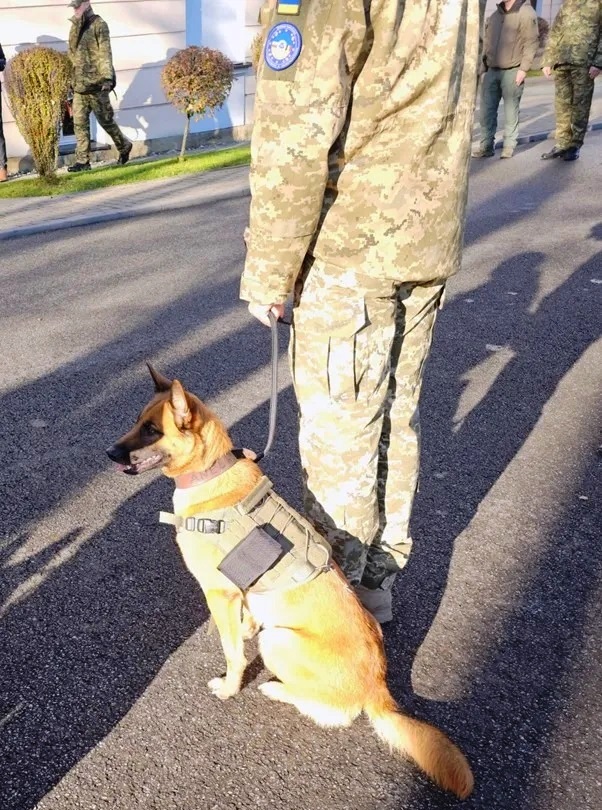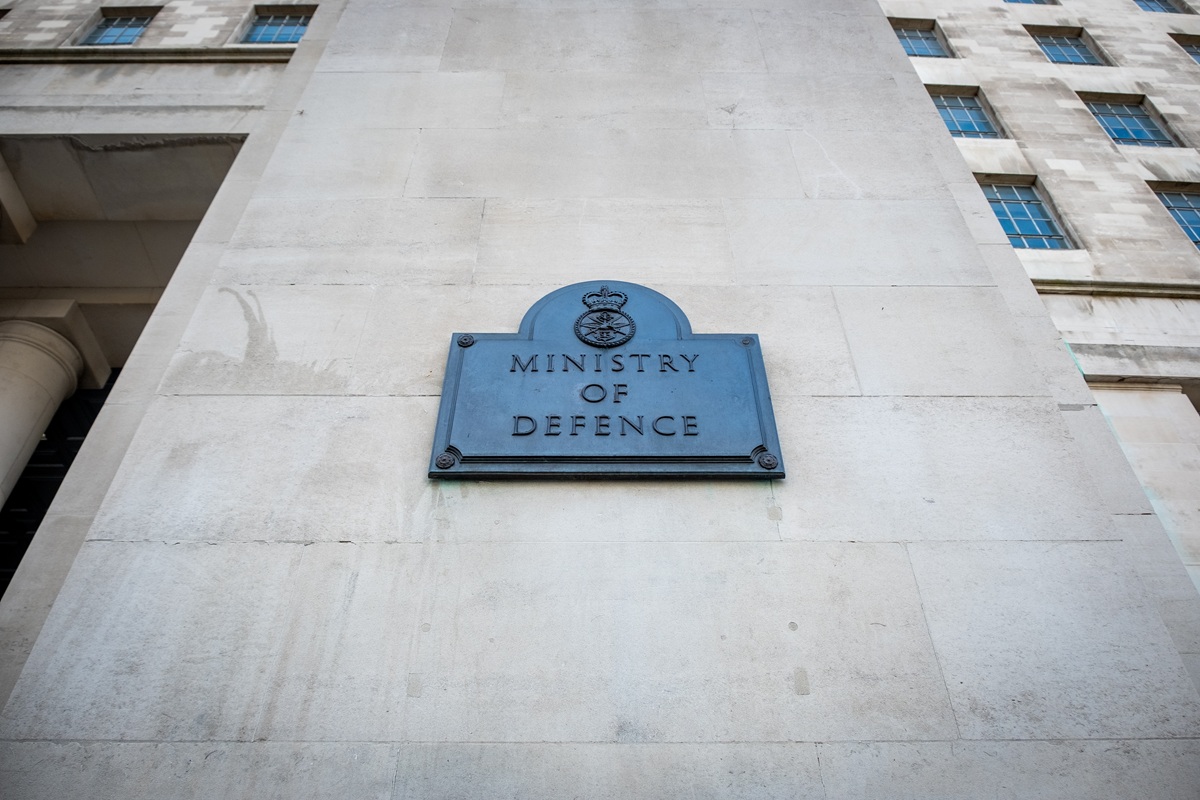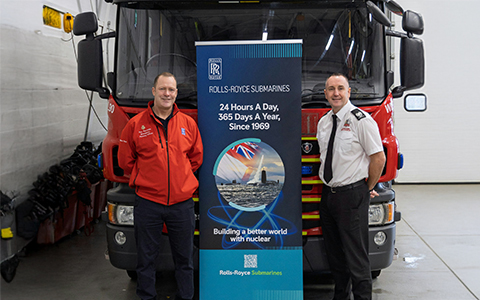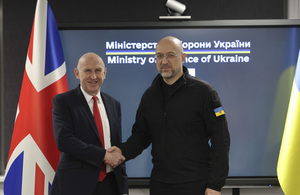Dogs use Kromek detectors to find radiation on Ukraine’s battlefields

Image courtesy Kromek
Dogs carrying radiation detectors the size of a mobile phone have been dispatched to Ukraine to provide troops with early warning of a nuclear disaster.
Real-time data on radiation levels collected by eight dogs will be sent to soldiers on the ground, who will be able to decide whether to move forward into battle.
The radar technology, made in Sedgefield, Co Durham, is so sensitive that it will pick up even the lowest levels of radiation. It can also identify the exact nature of the radioactive source material, such as plutonium or uranium.
Arnab Basu, chief executive of the manufacturer Kromek, said: “The canines are going to add an enormous new capability to the Ukrainian forces to deal with difficult situations. We are able to provide the highest quality information to people who are responsible for protecting or monitoring the field. “If you have the right information you can act in the right way and that saves lives. There is no one silver bullet but the more capability that can be provided the better.”

The team of detector dogs is made up of Belgian malinois, German shepherds and one Dutch shepherd. They are called Zyga, Ines, Dimico, Bella, Zorr, Rapina, Tomy and Lilly.
Although dogs sent to Ukraine previously have been used to find landmines, the latest batch will carry radiation detectors because of the risk of a radiation incident caused by indiscriminate shelling by Russian forces and fighting near some of Ukraine’s nuclear power stations.
The detectors are attached to a harness on the dogs, which also wear equipment to protect their eyes and paws. The handler carries a phone with an app which tells them if there is any radiation found.
If the dog gets too close to the radiation the handler, who will be about 30 metres away, gets an alarm within a second. The detectors are so sensitive that they go off at the lowest levels of radiation to get the dogs out of danger and protect them.
Ukraine has 15 operational nuclear reactors that generate approximately 54% of the country’s electricity needs.
“They are not areas where you want to have active fighting,” Basu said. “The threat of nuclear incidents increases if you use nuclear power plants as a battlefield. It is an accident waiting to happen.”
In 1986 the worst nuclear accident in history occurred at the Chernobyl nuclear power plant, 67 miles north of Kyiv. One of its four reactors exploded, spewing clouds of radiation across Europe.
Since its invasion of Ukraine in February 2021, Russia has targeted Ukraine’s energy sector, increasing the risk of a nuclear disaster.
The Zaporizhzhia nuclear power plant in southeastern Ukraine, the biggest in Europe and home to six reactors, was captured by Russia in March 2022. It has been on the frontline of the war ever since, raising fears of a radiological disaster.
Although the plant is no longer generating power it needs electricity to cool one of its four reactors which is in a state of “hot conservation”, meaning it has not fully been shut down.
Kromek has sent other dogs to Ukraine to help search for mines and explosives as soldiers struggle to retake territory occupied by Russia because the land is littered with landmines.
The dogs have been trained as part of a European Commission programme in co-operation with the Belgian army. A total of 50 dogs will be transferred to Ukrainian forces.
A report by the Henry Jackson Society, a foreign policy think tank, said that Ukraine’s nuclear facilities have been left hugely exposed and are being compromised by Russia.
The report entitled Ukraine’s nuclear shadow: National security implications for Nato and the UK, by Bahram Ghiassee, a nuclear analyst, said there was an “alarming prospect” of non-state actors, including proxy groups acting for hostile states, terrorists and criminal gangs, acquiring small quantities of radioactive substances and "such materials could be the subject of illicit transnational trafficking and be used to construct radiological dirty bombs, thus presenting a significant risk to major cities across Europe, the UK and the Middle East and North Africa region”.












